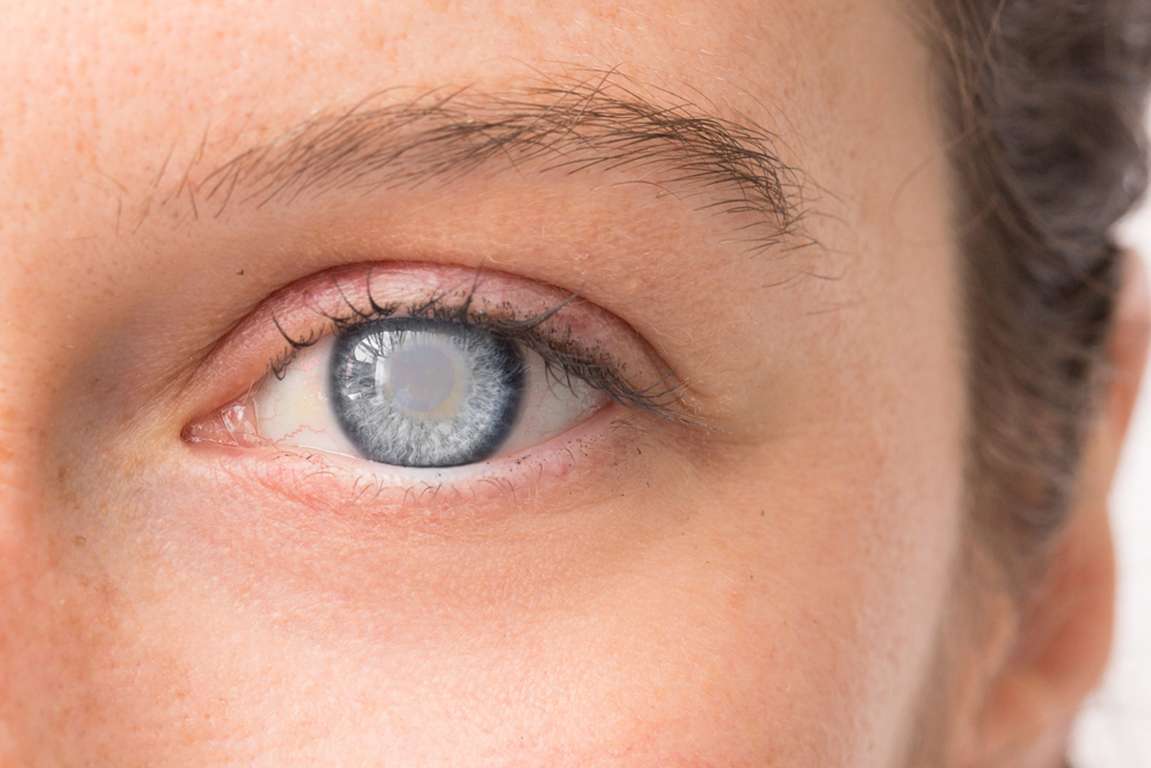
Cataract Surgery
Cataract is a progressive eye condition that effects your vision to become blurry. This is due to the faulty lens in your eye where a white cloud gradually gets collected causing the patient to have difficulty in vision loss.
In such cases, the Ophthalmologist replaces this faulty lens with an artificial lens. In most of the cases, the patient does not even need to stay in the hospital after the surgery is done, i.e. the patient gets this surgery done on outpatient basis.
What are the symptoms for Cataract?
Some of the common symptoms of Cataract are:
- Blurry vision
- Eyesight getting sensitive to the glare from lights
- Daily-life activities getting effected due to vision loss
Other symptoms of Cataract are age related, i.e.:
- Macular degeneration (a medical condition that results in blurred or no vision in the center of the visual field)
- Diabetic eye problems
- Other common eye diseases
Cataract Surgery Recovery
- The most concerned aspect of Cataract surgery is its recovery period from removal of the cataract to the restoration of the visual function after the procedure.
- First follow-up: After the surgery, you are asked to visit the ophthalmologist within the first few days.
- Second follow-up: In the second follow-up, you are asked to visit the ophthalmologist within the first few weeks, followed by the prescription of eye drops to reduce the inflammation and protect your eye from developing infection.
- In majority cases, many patients get back to their daily activities, within a few days of the procedure. In some cases, the doctor prescribes their patient to have a pair of glasses temporarily. However, the patient is asked to have several visits to the doctor so that he can monitor the patient’s eyes for any sign of complications.
Types of cataract surgery
There are multiple ways to remove cataract, depending on the patient’s eye condition. They are as follows:
- Phacoemulsification
- Extracapsular Cataract Surgery
- FLACS
Phacoemulsification
The most common technique used for removal of cataract is through Phacoemulsification also known as ‘Phaco’. This surgery takes less than half hour to remove cataract through minimal sedation i.e. local anesthesia (injecting anesthesia around the eye) or by topical anesthesia (applying numbing drops into the patient’s eye).
Extracapsular Cataract Surgery
Extracapsular Cataract Surgery (ECCE) is an advanced level of Cataract surgery. This surgery in only opted when the patient’s case is more complicated, the patient’s cataract is too hard that the cataract cannot be removed by Phacoemulsification surgery.
FLACS
An advanced non-invasive technique developed to help remove the cataract is known as Femtosecond Laser Assisted Cataract Surgery (FLACS). This procedure is a computer-guided laser machine, which with the aid of laser not only breaks the faulty lens to fragmentation but also removes it and replaces it with an artificial lens Intraocular Lens Implant (IOL).
Types of Lens
With time, many types of variations have developed in artificial lens. These lenses were specifically designed to replace a patient’s faulty lens to the artificial lens known as ‘Intraocular Lens Implant (IOL) in many cornea related surgeries. The lens makers used to develop the IOLs from a thermal plastic but this material had inherent restrictions for microsurgery.
